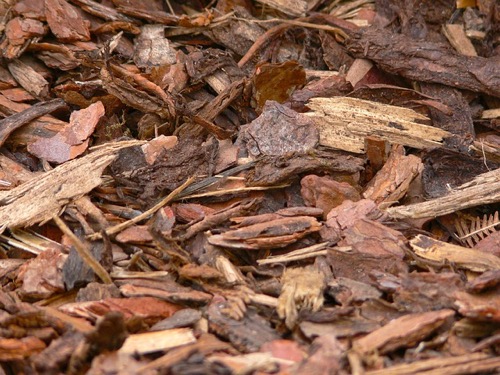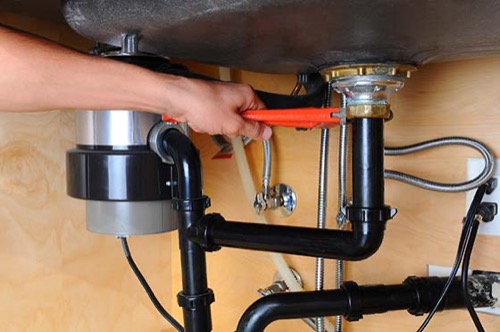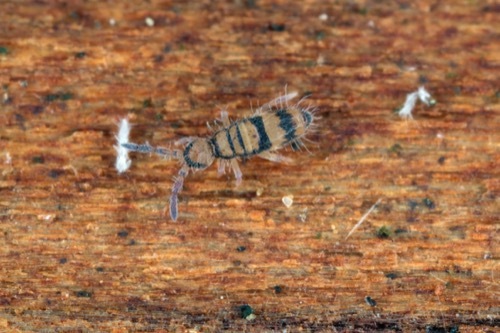Springtails can encourage decay of organic matter and may be a nuisance simply by appearing in large numbers in musty or moldy areas around your home or lawn area. Use this guide to find out where springtails may be hiding in your home, then continue to the next page for tips on how to kill springtail pests.
Inspect for Springtail Food Sources

Springtails promote the natural decomposition of organic matter with their feeding. Their food sources can include fungi, decaying plant matter, algae, pollen, and other organic matter. Human food is not attractive to them, but they do require a moist or damp environment to survive. Springtails cannot tolerate dry conditions and will not survive long in them.
Springtail nesting sites will typically be somewhere damp and dark. Their nest will also usually be located near any area where you may have seen them gathering, since springtails do not move very quickly or far in general. They are not able to travel great distances before settling into a nesting habitat.
Places where you may find springtails nesting include:
- Shady areas of backyards
- Under patio slabs
- Under wooden decks
- Around swimming pools or any standing water
- Underneath wood, bark, pine straw, or mulch
- In piles of leaf litter or compost piles
- In or under wet soil and plant material
- In flowerpots or other planters
- Around moldy floor drains
- Around sink drains, bathtubs, and hot tubs
- In damp basements or garages
- In damp crawl spaces or wall voids
- Under the sheathing, insulation, or sheet rock in the siding of your home if these places are prone to moisture
Springtails and Humidity

Springtails cannot survive in a completely dry environment. If you eliminate available water sources to pests inside your home and keep the air relatively dry, springtails will not survive long. If you do see springtails inside your home or office, consider checking the following areas that may retain more humidity than others--these could serve as nesting sites for springtails.
- Attics
- Basements
- Bathrooms
- Kitchens, especially under sinks
- Inside sinks and showers
- Water heater closets
- Crawlspaces
- Garages




